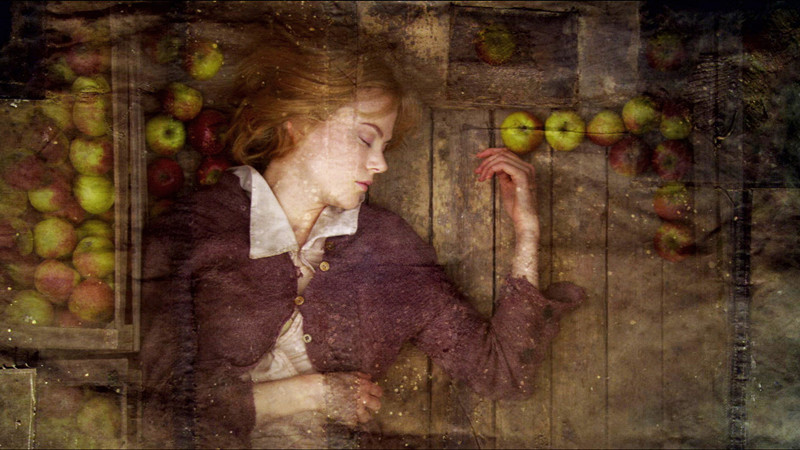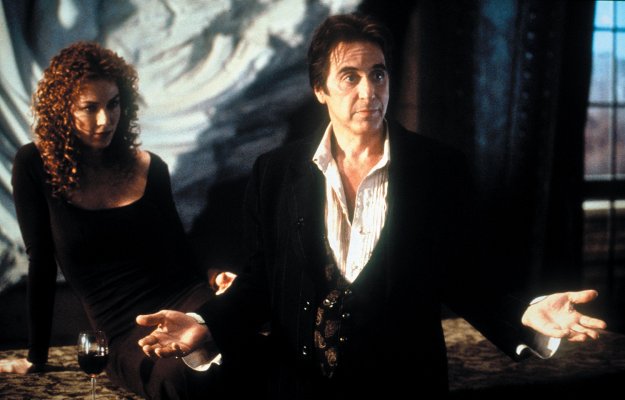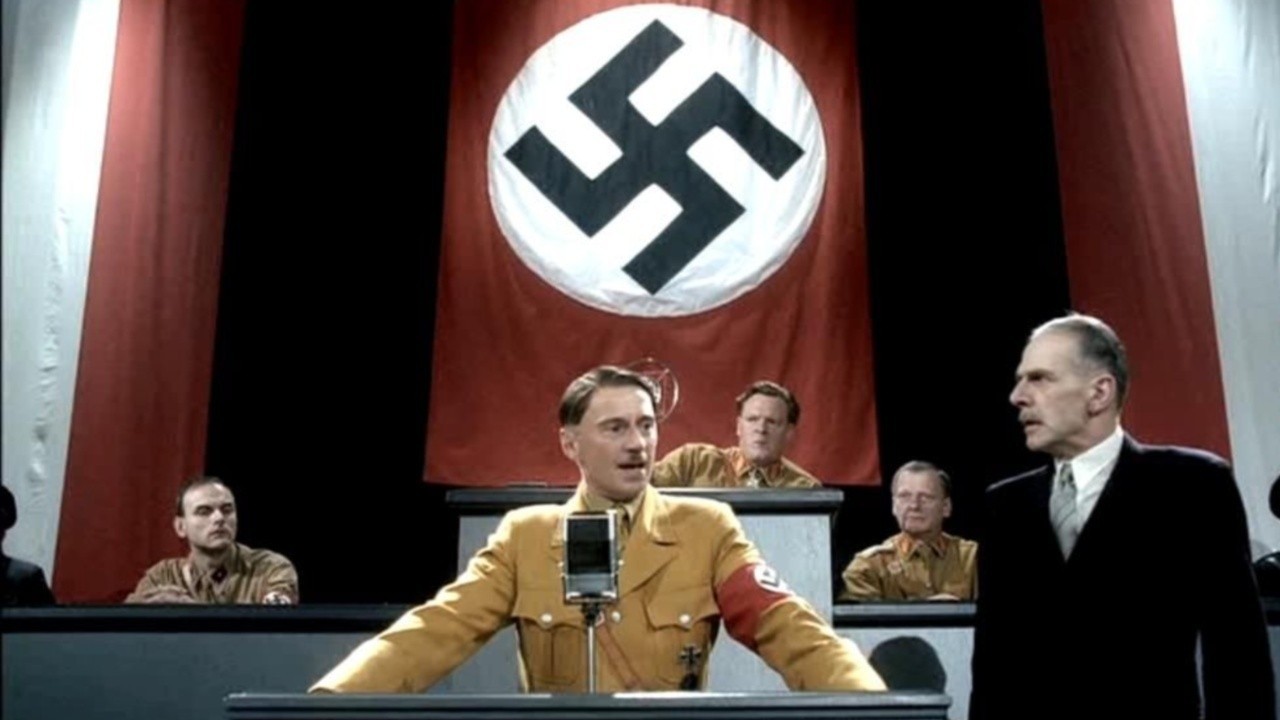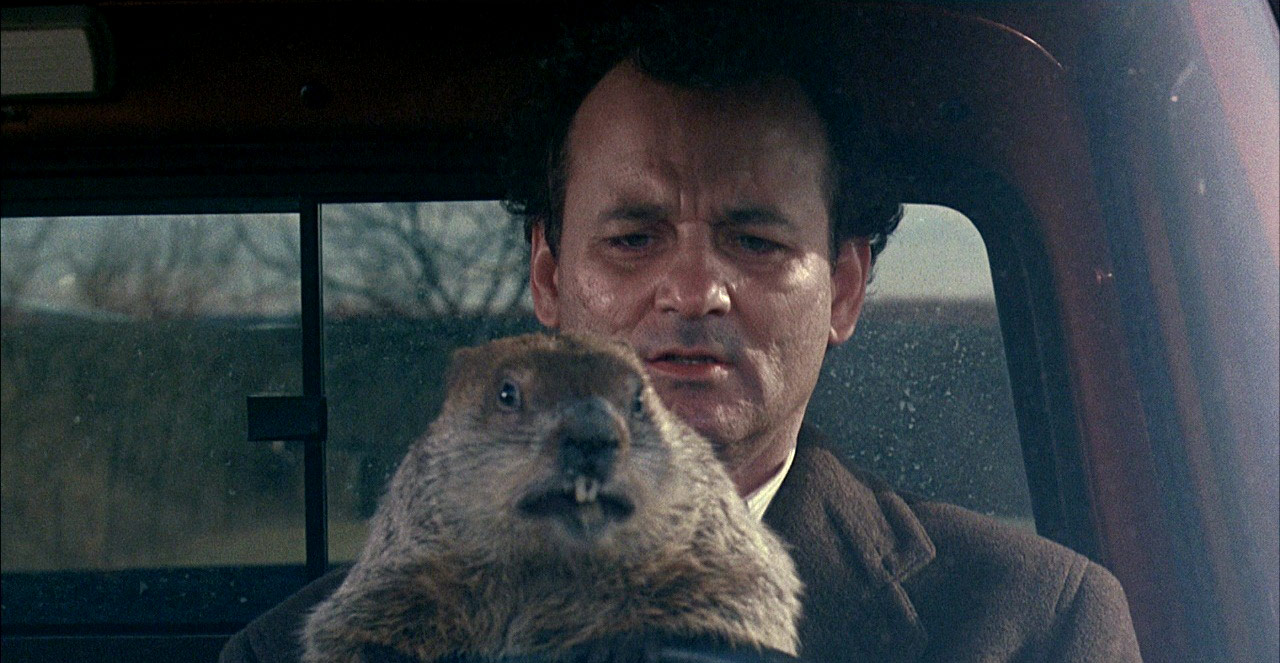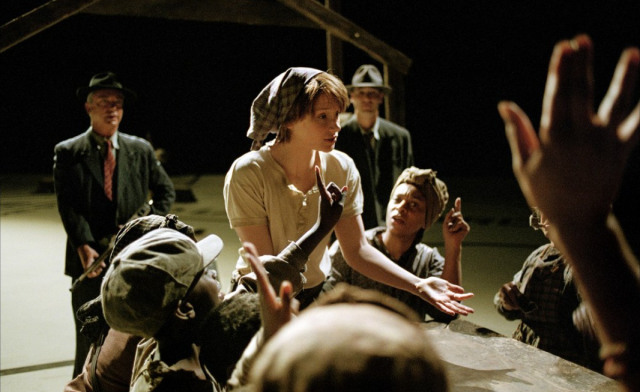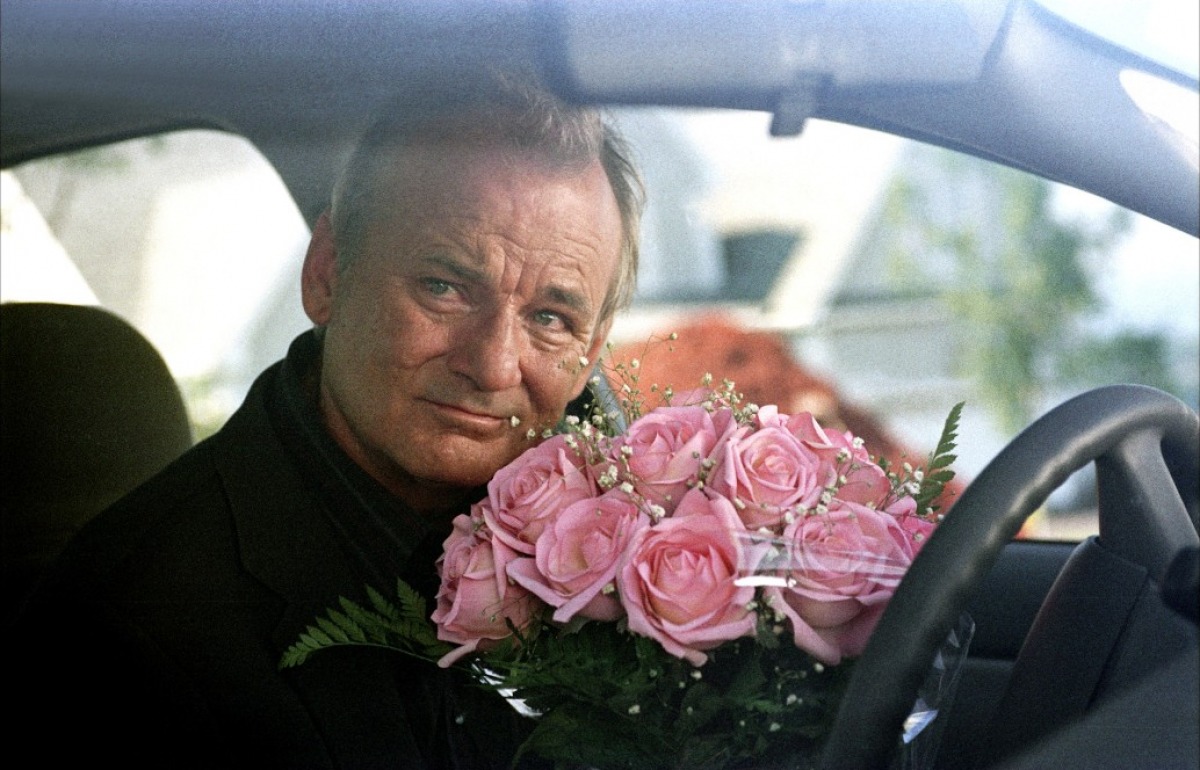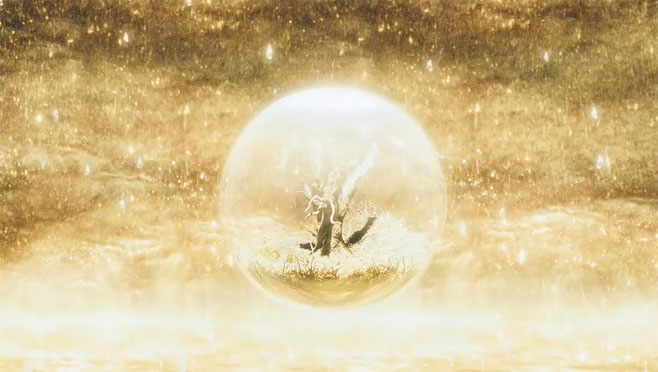The great German philosopher Friedrich Nietzsche once glorified art to this level:
“Art as the single superior counterforce against all will to negation of life, art as the anti-Christian, anti-Buddhist, anti-Nihilist par excellence.”
Here are 15 films influenced by Nietzschean philosophical theories such as Master-Slave Morality, the Will to Power, Apollo vs Dionysus, the Übermensch, Ressentiment and Eternal Recurrence.
15. Devil’s Advocate (1997)
This film received mixed reviews but was big at the box office. Kevin Lomax, a southern attorney, has never lost a case.
A proposition from John Milton’s law firm comes to him and, in spite of his mother’s disagreement, he decides to move to Manhattan with his girlfriend to join Milton’s firm. He stays for hours in the office and, lost in his new cases, fails to notice his wife’s problems. Milton, on the other hand, seems to have a solution for anything, while Kevin’s mother keeps offering him Biblical advice.
There are some smooth references to John Milton’s Paradise Lost. Another big deal in the film is the true meaning of Free Will. In the film’s case, Free Will is obviously Kevin’s Will to Power. He insists pursuit of power is natural for a lawyer. His job is to win. But with Milton’s involvement, all is not what it seems.
One’s Will can not exist completely separated from the outside world. When too many peoples are involved, one’s Will may be infected by others’ Will.
The confrontation between Will to Power and Will to Pleasure (Dionysus) in the movie is epic, unforgettable and a real issue of modern times.
14. Hitler, the Rise of Evil (2003)
This two-part Canadian semibiographical miniseries tells Hitler’s life from his early years to his rise to absolute power. The film tries to evoke these past events through Adolf’s eyes. There are some contradictions between film events and real life events, but the main thrust of the story remains solid.
The film begins with Hitler as a child in Austria who shows a lack of empathy when his father dies. Then, ten years later, he applies to the Arts Academy of Vienna, but the school rejects him, telling him that he lacks talent as an artist.
This is a very important moment when Hitler faces the truth, the hateful truth that his mother has always mentioned. It looks as if his entire world has been crushed before his eyes. After his mother dies, he moves permanently to Vienna but is unable to find a job, soon becoming homeless.
The antisemitic rhetorical views of the city appeal to his ego, so Hitler begins blaming Jews and Communists for his lack of fortune (Ressentiment). In 1914 he moves to Munich and joins the German troops during World War I. He gets promoted for being extremely courageous in a major battle, but the other soldiers still consider him ridiculous for his extremist views.
While briefly in the hospital, Hitler learns that German Army has surrendered. In 1919 he returns to Munich, convinced that his upcoming career will definitely be in politics. This is the turning point at which he has totally succumbed to the grip of evil.
Hitler’s real life story is a monstrous application of the Will of Power philosophy. The paradox is that while Nietzsche was still alive his philosophical views were widely defended by the leftists, anarchists and Zionists (among them Theodore Herzl). But with the beginning of World War I, his philosophical views inspired right wing German militarism; during World War II, “Übermensch” was frequently used to describe the Aryan race.
Nazis explained Nietzsche’s philosophy in their own terms, so for many years after the war, Nietzsche was almost entirely ignored and forgotten. Walter A. Kaufmann did a great job in cleaning up Nietzsche’s name and restoring value to his philosophical concepts.
13. Groundhog Day (1993)
This fantasy comedy of the early ’90s traps Phil Connors inside a time loop that lasts for years. Every day is the same day, February 2nd, Groundhog Day. Phil is a misanthropic weatherman who has made the same report for four years and feels frustrated about it.
On his way back to Pittsburgh, a blizzard blocks all the roads, so Phil has to stay in the town of Punxsutawney for the night. On the next morning, he finds that it is February 2nd again, and every following day traps him in Groundhog Day. Phil tries hard to get out of the town and to end this infinite loop, but he remains trapped.
After accepting his fate, he endeavors to improve himself. Slowly he becomes a local hero to the small town. He helps anyone in need, learns to speak French and play the piano, and he struggles every single day to impress his coworker Rita.
The Eternal Recurrence stimulus is obvious. It comprises the story of the film. Amor Fati is the reason why Phil lives within the same day for years, until he learns how to accept his fate. In accepting it, he doesn’t try to change this new reality. In that same moment, when Amor Fati occurs, Phil notices that the time loop is broken. Finally, it is February 3rd.
12. Manderlay (2005)
This is the 2nd film of Von Trier’s trilogy USA – Land of Opportunities, and, like Dogville before it, Manderlay also takes place in a minimalist stage, this time representing a plantation. Manderlay is composed of eight straight chapters. After burning down the town of Dogville, Grace, her father and his gang are traveling through rural Alabama when they stop outside a plantation named Manderlay.
In Manderlay, slavery exists even 70 years after American Civil War. Spoiled yet noble Grace demands to stay at Manderlay with a bunch of thugs and her father’s lawyer, in order to guarantee the slaves’ freedom. After Grace’s father departs, Mam, the slaves’ master of the house, dies.
A little earlier, she had asked Grace to burn a notebook with Mam’s Law written in it. Grace is disgusted by these laws, but also inspired to prepare slaves for their life as free individuals. The white girl starts lecturing them on such notions as freedom and democracy.
She fails in conveying these democratic concepts to the ex-slaves as she had hoped. The situation ultimately creates more problems than it solves.
There is still the Master-Slave Morality. The slaves have been treated like slaves for so long that an immediate presentation of freedom and similar values may appear wrong to them. Though how can one be so sure that what we consider freedom and democratic values are as righteous as they claim to be?
The film is not anti-American, nor is it racist. The Manderlay phenomenon could happen anywhere in the world and to anyone. There are many historical events proving that it can happen to any race.
As Nietzsche told us, morality is good for the masses, and only exceptional people should be guided by their inner laws. Yet this sentence raises a very complicated question. Since masses are easily recognized, who are the exceptional people?
11. Broken Flowers (2005)
Broken Flowers is Jim Jarmusch’s sweet tribute to Jean Eustache. A modern day Don Juan named Don Johnston is dumped by his latest love, so he is once again left alone, attempting to console himself by watching old movies and listening to good music.
Unexpectedly, an anonymous pink letter arrives in his mail. One of his former lovers writes that they both have a 19-year-old son, who might be looking for his father. Don seems indifferent about this discovery, but Winston, his neighbor, a mystery novel addict and amateur sleuth, presses him to investigate this case.
Winston finds the current locations of the five women he suspects are most likely to have written the pink letter, and Don visits four of these unique women, confronting his past and his present.
The four confrontations with his past lovers have the same structure, yet remain utterly different. Each encounter is worse than the last, but Don’s reaction is almost the same each time. It’s a kind of Eternal Return, in which the events do not recur identically but remain similar to each other. Nihilism may be Don Johnston’s middle name.
The film considers the perception of one’s self and behavior after exceeding the moral norms of society. In Don’s world, everything is permitted, but he doesn’t enjoy this kind of freedom anymore. Each of the women has the same importance to Don. Each of them may be the author of the pink letter. In an Eternal Recurrence, every option is a possibility.
10. The Fountain (2006)
It’s a love story, a simple love story, as director Aronofsky said. A scientist is losing his wife. He’s trying to find a cure for her brain tumor. A conquistador of times long past is searching for The Tree of Life in New Spain, in order to save his Queen. A space traveler and an old tree are traveling toward a golden nebula, inside a biospheric giant bubble.
These three storylines are connected to each other. Izzi, the scientist’s wife is writing a story about Tomas the conquistador. After Izzi dies, Tom the neuroscientist plants a tree seed at her grave. And the man inside the giant bubble is a futuristic Tommy, traveling through space with his beloved tree. The three storylines share the same story: A man trying to save his love. Each time, it is the same man.
The Fountain focuses on Nietzsche’s concept of Eternal Recurrence. It’s the same event that continues to repeat itself an infinite number of times, within an infinite range of space. Tomas, Tom and Tommy are acting in different times and places, seeking the same goal, The Tree of Life. They all fear death, and they all work so hard to defeat death that they forget to live. The three different stories all reach the same conclusion: no results.
9. Rope (1948)
Alfred Hitchcock made this big-budget movie based on Patrick Hamilton’s play of the same name as a kind of directorial experiment, in which, unlike in his other works, there is almost no video editing. The camera moves very carefully, and each shot runs continuously up to 10 minutes. Camera movement is so clever that the whole movie looks like a single long take. (Did you notice the same technique in Birdman?)
Two students, Brandon and Phillip, kill another boy from their class and hide his body in an old chest inside their house. After committing the crime they organize a small house party, inviting the victim’s girlfriend, his father, and his sister, as well as Rupert, a professor and friend.
The two boys considered the victim intellectually inferior, so their superiority over this poor guy excuses their choice to strangle him to death.
Rupert had once made a discussion in school about Nietzsche’s Übermensch. The innocent discussion led Brandon and Phillip to the murder. The Übermensch creates new values. He rises above the concepts of good and evil. When Rupert discovers the truth, he feels ashamed of being the cause of this macabre crime.
Indeed, this is the Übermensch concept as explained by Nazis, as well as the common Übermensch as seen in today’s popular culture. But Zarathustra said that the Übermensch is someone who overcomes man, someone who creates something beyond himself. Since anyone can pick up a gun and kill another man, killing is probably not what Nietzsche was talking about when he spoke of this superior creature.
